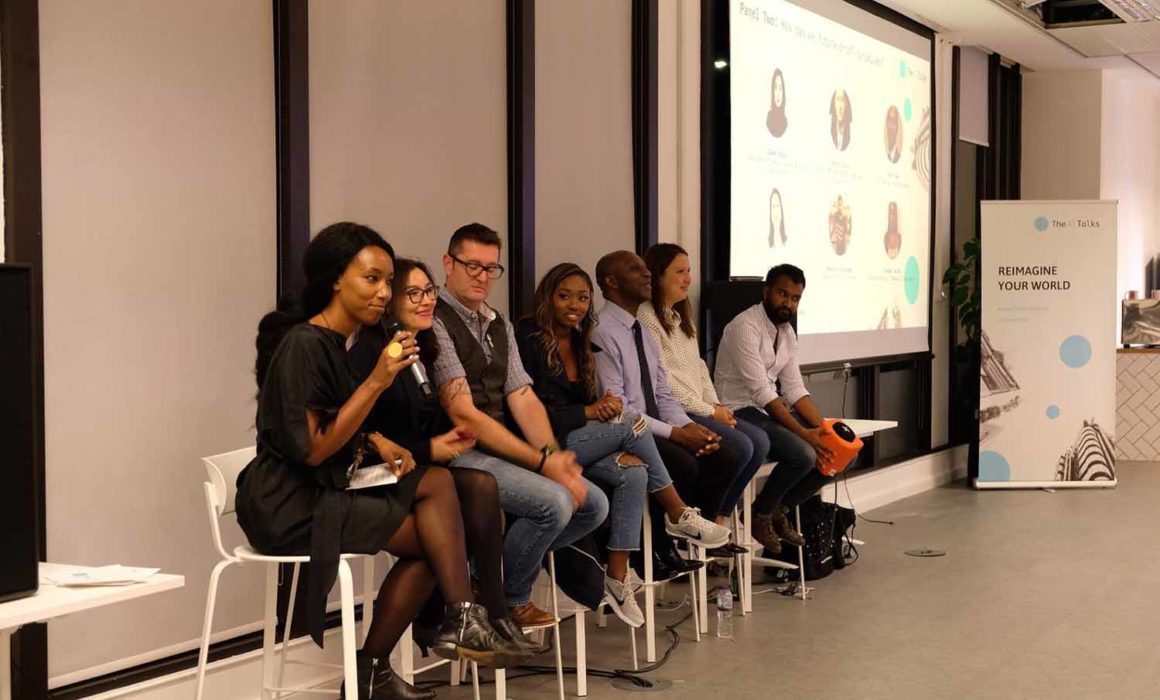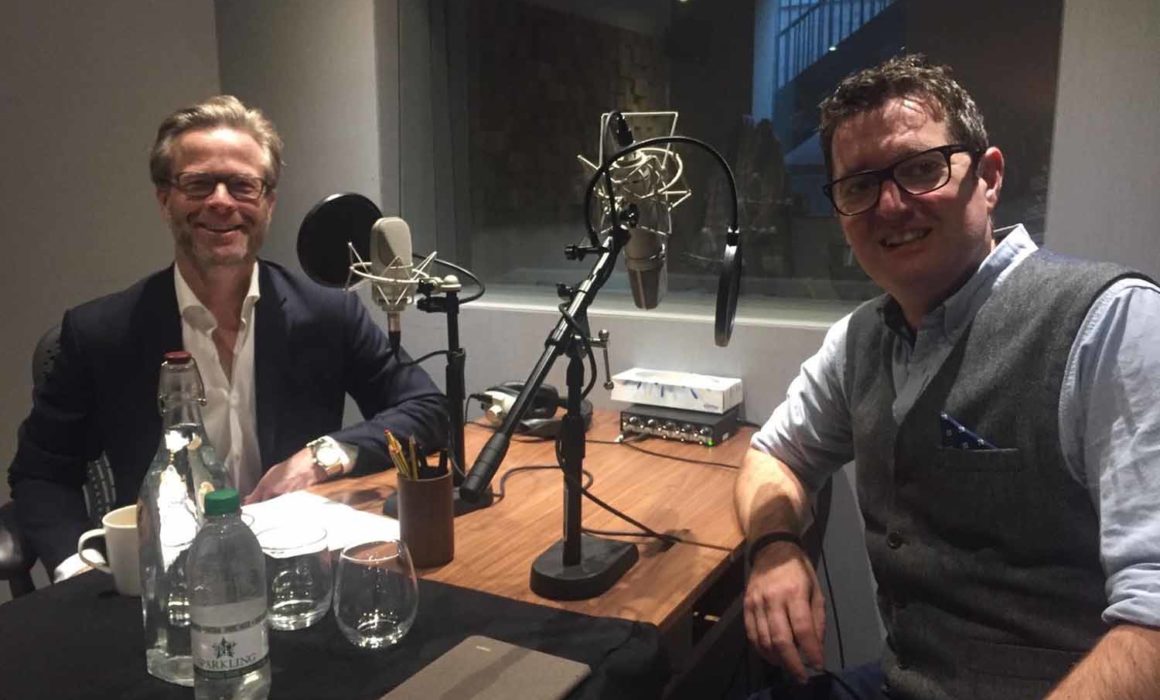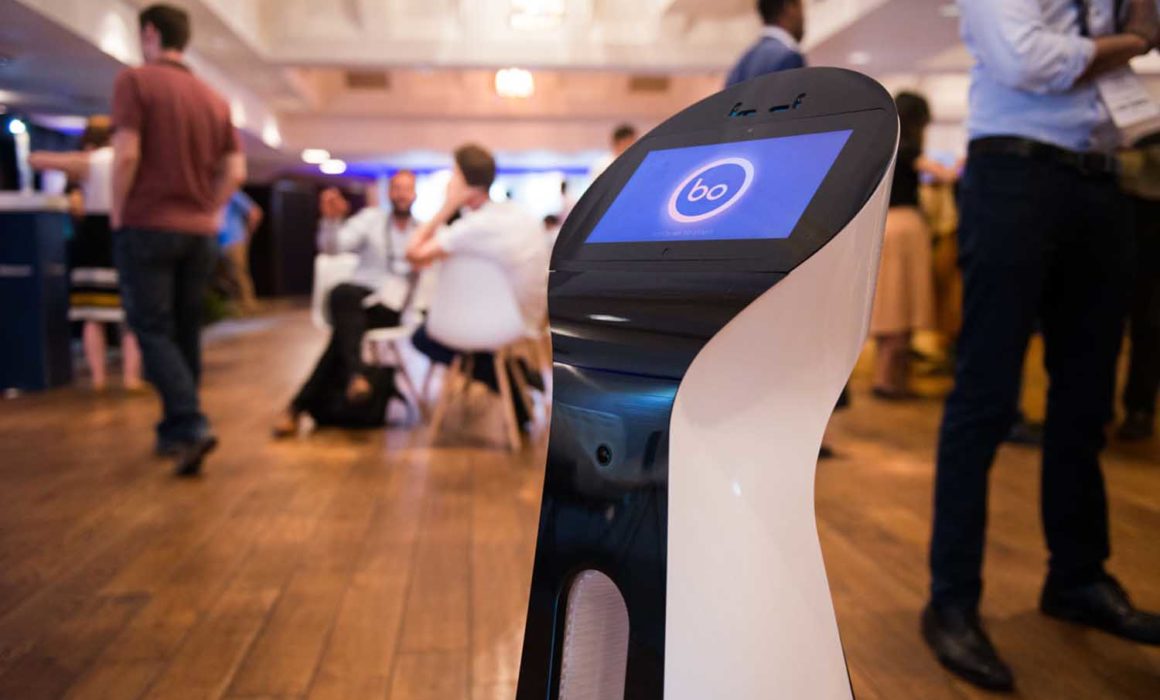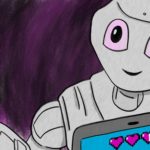This Machine Ethics podast is created and run by Ben Byford in collaboration with ethicalby.design. As the interviews unfold on AI implementation or abstract technology ideas they often vere into current affairs, the future of work, environmental issues, and more. Though the core is still AI and AI Ethics, we release content that is broader and therefore hopefully more useful to the general public and practitioners.












Recent Comments